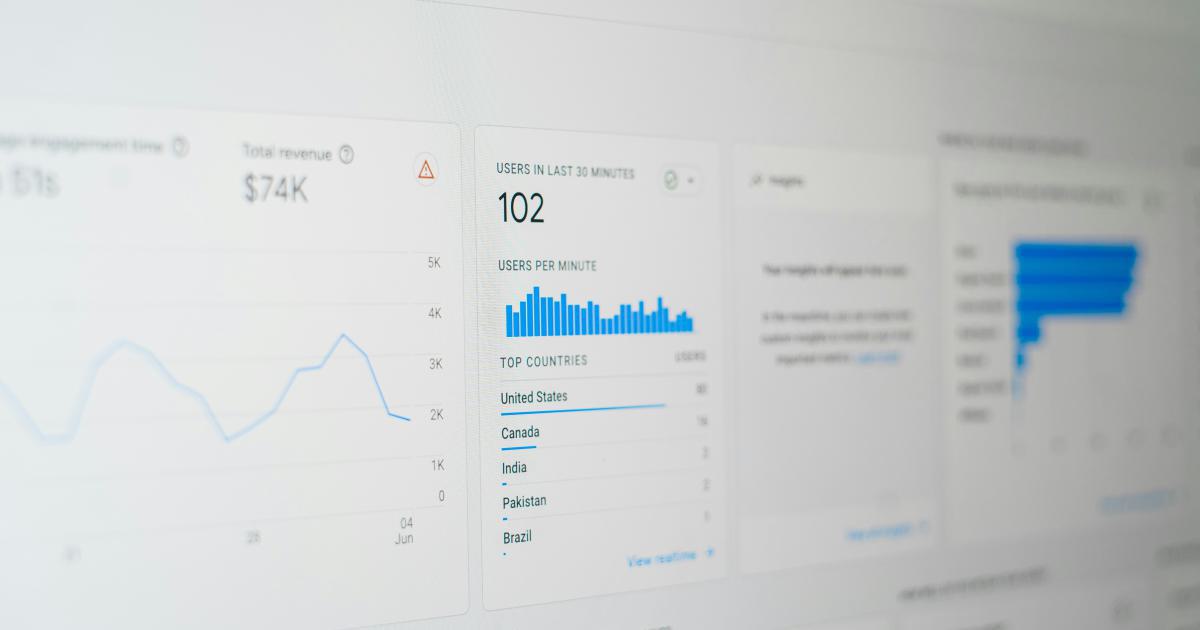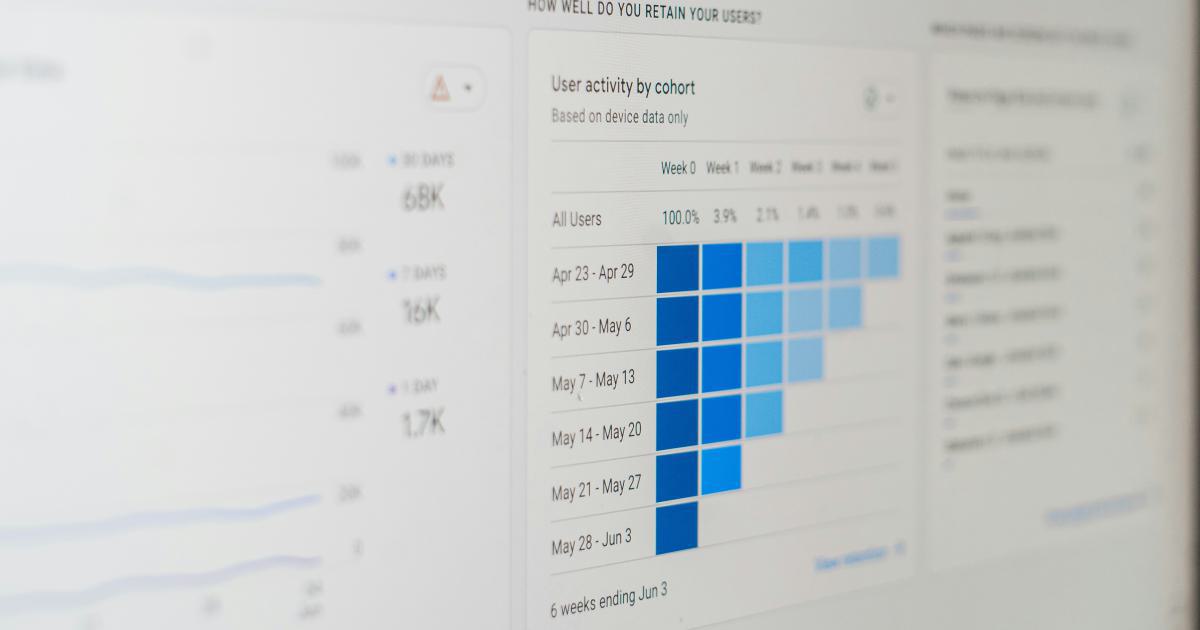Mastering the Art of Content Optimization


Content optimization is a crucial element of any successful digital marketing strategy. In today's highly competitive online landscape, creating high-quality, engaging content is simply not enough. To ensure your content reaches the right audience and drives measurable results, you must master the art of content optimization.
In this comprehensive guide, we'll explore the key principles and strategies behind effective content optimization. From conducting in-depth keyword research to crafting compelling titles and meta descriptions, you'll discover how to optimize your content for both search engines and human readers.
Understanding the Importance of Content Optimization
In the digital age, content has become the foundation of any successful marketing campaign. Whether you're creating blog posts, social media updates, or product descriptions, your content is the primary means of connecting with your target audience and conveying your brand's message.
However, with the vast amount of content being published every day, standing out and attracting the right attention can be a significant challenge. This is where content optimization comes into play.

Content optimization is the process of enhancing your content to improve its visibility, engagement, and overall effectiveness. By optimizing your content, you can:
1. Improve Search Engine Ranking
Search engine optimization (SEO) is a critical aspect of content optimization. By incorporating relevant keywords, structuring your content effectively, and adhering to best practices, you can increase your chances of ranking higher in search engine results pages (SERPs), making it easier for your target audience to discover your content.
2. Increase Engagement and Conversions
Optimizing your content for user experience, readability, and visual appeal can lead to higher engagement levels, reduced bounce rates, and improved conversion rates. When your content is easy to consume and resonates with your audience, they are more likely to take the desired action, whether that's signing up for a newsletter, making a purchase, or sharing your content on social media.
3. Establish Thought Leadership
By creating informative, valuable, and well-optimized content, you can position yourself or your brand as an authoritative voice in your industry. This can help build trust, credibility, and brand recognition, ultimately leading to increased brand loyalty and customer retention.
Conducting Comprehensive Keyword Research
The foundation of any effective content optimization strategy is thorough keyword research. Understanding the terms and phrases your target audience uses to search for information related to your products or services is crucial for ensuring your content is discoverable and relevant.

1. Identify Seed Keywords
Start by brainstorming a list of relevant, high-level keywords that describe your business, products, or services. These "seed" keywords will serve as the starting point for your research.
2. Utilize Keyword Research Tools
Leverage powerful keyword research tools, such as Google Keyword Planner, Ahrefs, or SEMrush, to uncover related keywords, their search volume, and competition levels. These tools can help you identify long-tail keywords, question-based queries, and other variations that may be valuable to target.
3. Analyze Your Competitors
Examine the content and keywords used by your competitors. This can provide valuable insights into the terms and phrases your target audience is already searching for, as well as uncover potential opportunities to differentiate your content.
4. Prioritize Keyword Opportunities
Evaluate the search volume, competition, and relevance of your identified keywords to determine the most promising opportunities. Focus on a mix of high-volume, low-competition keywords, as well as more specific, long-tail keywords that may have lower search volume but higher intent.
5. Incorporate Keywords Strategically
Once you have a well-researched set of target keywords, incorporate them naturally and seamlessly throughout your content, including in the title, headings, body text, and metadata. Avoid keyword stuffing, as this can negatively impact your content's readability and user experience.

Crafting Compelling Titles and Headings
The title and headings of your content are critical elements that can make or break the user experience. These elements not only serve as the first impression for your audience but also play a significant role in search engine rankings.
1. Optimize for Click-Through Rates
Your title should be attention-grabbing, informative, and compelling enough to entice readers to click through and engage with your content. Incorporate your target keywords naturally, and consider using power words, numbers, or emotional triggers to pique the reader's interest.
2. Structure for Readability
Organize your content using clear, well-structured headings and subheadings. This not only improves the overall user experience but also helps search engines better understand the hierarchy and flow of your content, potentially boosting your rankings.
3. Leverage Headline Formulas
Tried-and-true headline formulas, such as the "How-to," "X Tips/Strategies," or "The Ultimate Guide" templates, can be effective in capturing the reader's attention and communicating the value of your content.

Crafting Compelling Meta Descriptions
Meta descriptions are the short, concise snippets of text that appear in search engine results, providing users with a preview of your content's relevance and value. Optimizing your meta descriptions can significantly impact your click-through rates and overall content performance.
1. Focus on Compelling Copy
Your meta description should be engaging, informative, and accurately reflect the content of your page. Use persuasive language, include a clear call-to-action, and incorporate your target keywords naturally.
2. Adhere to Character Limits
Meta descriptions typically have a character limit of around 155-160 characters. Ensure your description fits within this limit to prevent it from being truncated in the search results.
3. Incorporate Unique Messaging
Avoid generic or repetitive meta descriptions across your content. Each page should have a unique meta description that highlights its specific value proposition and differentiates it from your other content.

Optimizing for Mobile-Friendly Experiences
In today's mobile-first world, ensuring your content is optimized for seamless experiences on smartphones and tablets is crucial. Google's emphasis on mobile-friendliness as a ranking factor underscores the importance of this aspect of content optimization.
1. Implement Responsive Design
Ensure your website and content are built with a responsive design that automatically adapts to different screen sizes and devices. This provides a consistent and user-friendly experience across all platforms.
2. Prioritize Page Speed
Optimize your content and website for fast loading times, as slow-loading pages can significantly impact user engagement and search engine rankings. Techniques such as image optimization, minifying CSS and JavaScript, and leveraging caching can all contribute to improved page speed.
3. Enhance Content Readability
Format your content with mobile users in mind, using short paragraphs, concise sentences, and clear formatting to ensure easy scanning and readability on smaller screens.

Leveraging Visual Content Optimization
In today's visually-driven digital landscape, incorporating high-quality, relevant images and other visual elements into your content can significantly enhance its overall effectiveness.
1. Optimize Images for Search
Ensure your images are properly optimized for search by including descriptive alt text, relevant file names, and appropriate captions. This helps search engines better understand the context and relevance of your visual content.
2. Create Engaging Visuals
Supplement your written content with visually appealing elements, such as infographics, charts, or illustrations, to break up the text and make your content more engaging and memorable.
3. Leverage Video Content
Incorporate video content, such as product demos, tutorials, or interviews, to provide a more dynamic and captivating user experience. Optimize your video content with relevant titles, descriptions, and tags to improve its discoverability.

Analyzing and Iterating Your Content
Content optimization is an ongoing process that requires continuous analysis and refinement. By closely monitoring your content's performance and making data-driven decisions, you can continually improve its effectiveness and deliver better results for your business.
1. Utilize Analytics Tools
Leverage powerful analytics tools, such as Google Analytics or Adobe Analytics, to track key metrics like traffic, engagement, and conversion rates. These insights can help you identify your highest-performing content and uncover areas for improvement.
2. Conduct A/B Testing
Experiment with different content variations, such as titles, headlines, or calls-to-action, to determine which elements resonate best with your audience. A/B testing can provide valuable data to guide your content optimization efforts.
3. Gather User Feedback
Actively solicit feedback from your audience, either through surveys, user interviews, or social media engagement. This can help you understand their pain points, content preferences, and areas where your content could be more valuable or relevant.

Conclusion
Mastering the art of content optimization is an essential skill for any digital marketer or content creator. By incorporating comprehensive keyword research, crafting compelling titles and meta descriptions, optimizing for mobile experiences, leveraging visual content, and continuously analyzing and iterating your approach, you can significantly enhance the visibility, engagement, and overall effectiveness of your content.
Remember, content optimization is an ongoing process, not a one-time task. Stay up-to-date with the latest best practices, industry trends, and changes in search engine algorithms to ensure your content remains competitive and impactful in the ever-evolving digital landscape.
Are You Crushing It in Internet Marketing?
Struggling to boost your online visibility and traffic? Semrush is the ultimate platform for digital marketers like you. With powerful SEO tools and competitive data insights, you can optimize your website, content, and campaigns for maximum impact.
Join over 7 million marketers already using Semrush to outrank their competitors, drive more qualified leads, and grow their businesses online. Get started today with a 7-day free trial, and unlock the full potential of your internet marketing strategy.
Unlock the Power of SEO with Semrush
Are you struggling to boost your online visibility and drive more traffic to your website? Semrush has the solution.
Our comprehensive platform offers advanced keyword research, competitor analysis, and SEO audits, empowering you to optimize your content and outrank your competition.